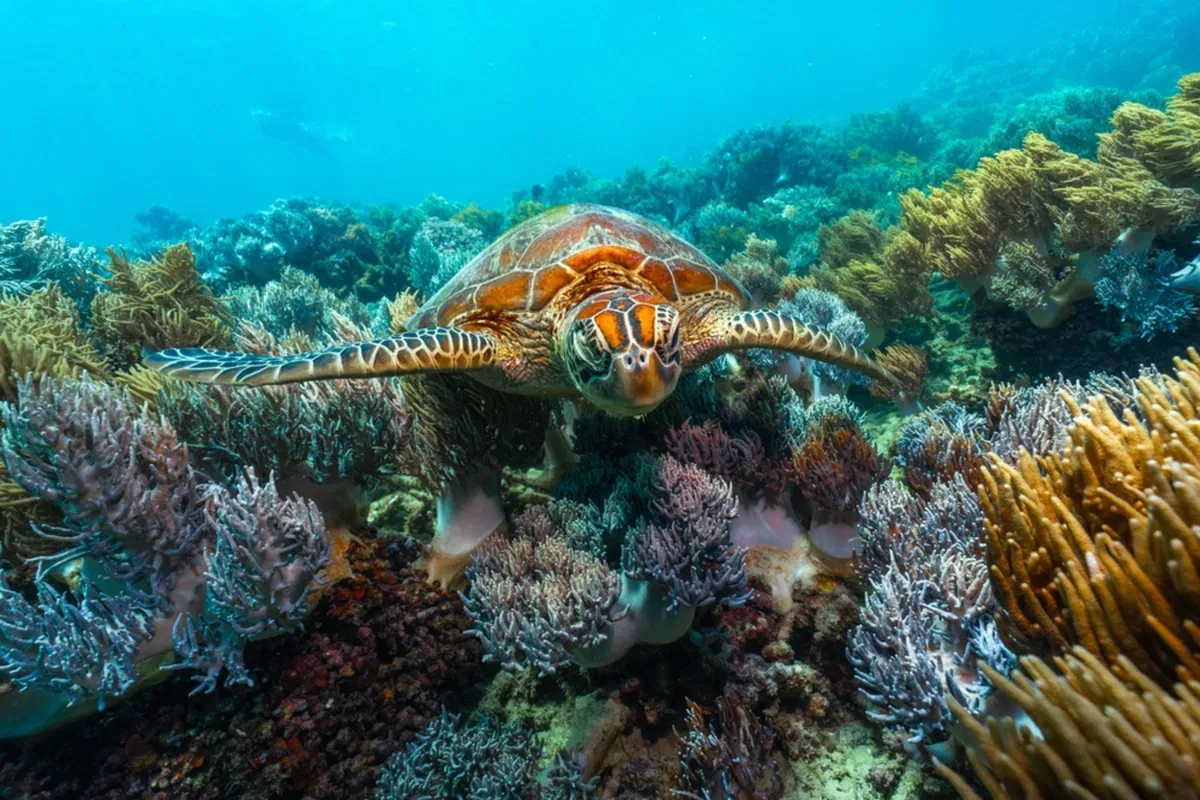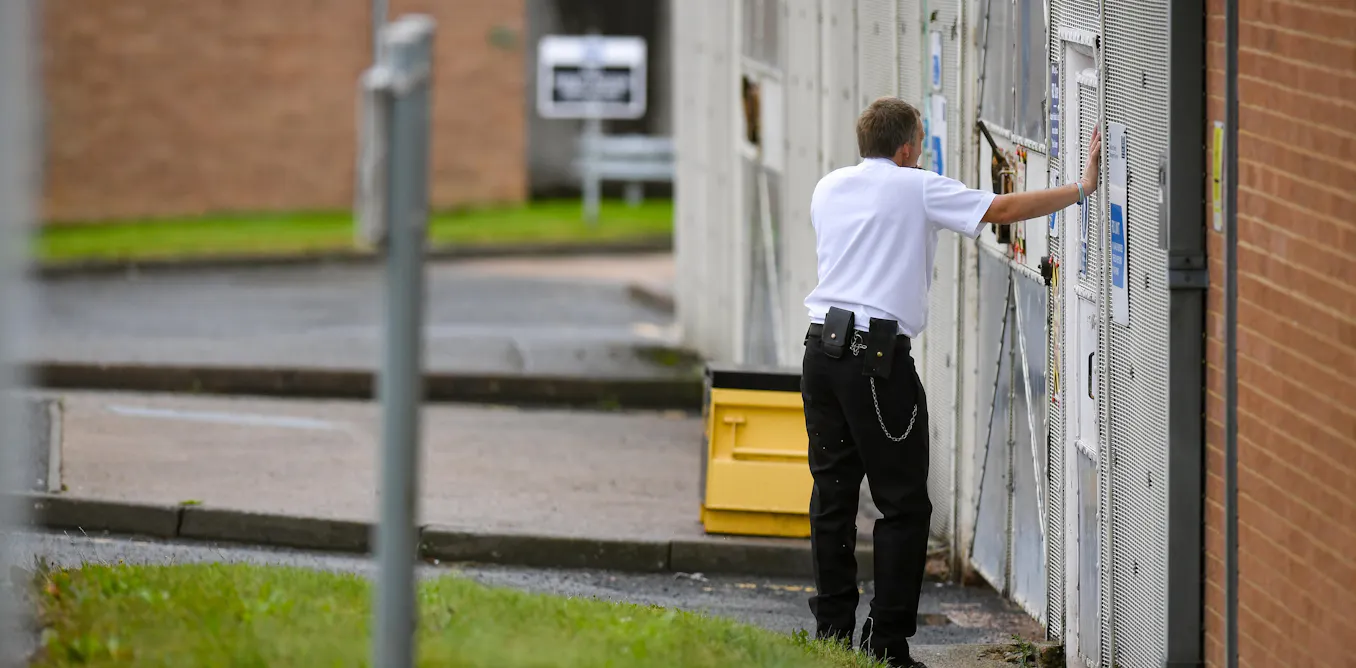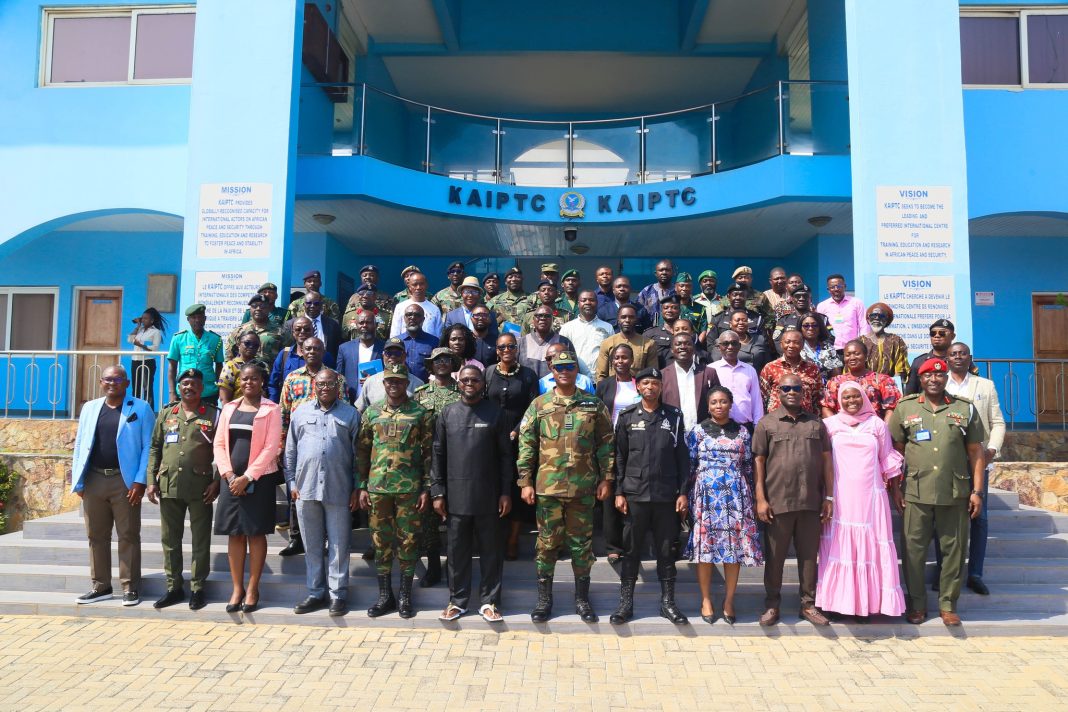Copyright euroweeklynews

The Great Barrier Reef stretches 2,300 kilometres along Queensland’s coast and has long been a stark casualty of climate change. For years, we were told the Great Barrier Reef was dying – a fading jewel of our planet, bleached and broken by relentless heat and pollution. But a new study from The University of Queensland has revealed something rare in the story of climate change: real, measurable hope. Key facts about the Great Barrier Reef’s hope Researchers from the University of Queensland (UQ) and the Australian Institute of Marine Science (AIMS) are decoding coral genetics at Heron Island. Around 6,000 coral genomes have been sequenced – a globally significant effort to understand heat resilience. “Cryptic” coral species, visually identical but genetically distinct, may hold the key to reef survival. The work supports Australia’s Reef Restoration and Adaptation Programme (RRAP), a national coral recovery initiative. Meanwhile, the bad news is that global emissions reached 57.7 GtCO₂e in 2024, according to the UNEP Emissions Gap Report 2025, putting the world on track for up to 2.8°C of warming, which is far above the 1.5°C target set by the Paris Agreement. It’s a death sentence for coral ecosystems if left unchecked. How studying the coral gene pool could boost survival Dr Line Bay of AIMS described the research vividly: “To the naked eye, corals look like colourful rocks, but they are incredibly complex animals. They can be amazing and frustrating at the same time.” At the heart of the research is Zoé Meziere, a UQ research officer whose fascination with reefs began as a child in Guadeloupe. Now working from the Heron Island Research Station, she’s uncovering the DNA secrets that separate survivors from victims. “Some corals that look identical are genetically as different as humans and Neanderthals,” she said. “If we restore reefs using the wrong species, they might not reproduce – or worse, they could compete with native corals.” Her work shows that understanding coral genetics is survival science. Professor Cynthia Riginos, who leads coral genetics research across UQ and AIMS, said matching coral species to the right environment is critical for restoration success. “If we try to restore an area with a species mismatched to that location, it’s likely they will die,” she said. Through RRAP, researchers are building a genetic “toolkit” to guide coral seeding and adaptation work, which is effectively giving the reef a new kind of immune system. By combining genetics, ecology, and restoration science, they’re creating a roadmap for reefs in a warming world. Climate crisis reality Despite these breakthroughs, the broader climate picture remains grim. The UNEP 2025 Emissions Gap Report warns that global temperatures will exceed 1.5°C within the next decade, a threshold beyond which bleaching events become increasingly devastating. The report stresses that “every fraction of a degree matters” – each additional 0.1°C of warming brings greater risk of tipping points and irreversible damage to coral ecosystems. Still, scientists are not giving up. UQ’s Professor Peter Mumby, who sits on the RRAP Steering Committee, says collaboration is the reef’s greatest defence. “Even though UQ and AIMS have worked together for years, RRAP gave us the structure to combine genetics, ecology and restoration into one mission,” he said. The Great Barrier Reef is more than just a tourist site – it’s a global indicator of planetary health. Its fate mirrors our own: if the reef dies, it signals a climate future no one can escape. The University of Queensland and AIMS will continue to collaborate under RRAP, using genetic mapping to guide coral restoration in heat-damaged zones. If emissions can be curbed to limit warming below 2°C, scientists believe parts of the reef could begin natural recovery within decades – a small but significant sign of hope. View world news.



